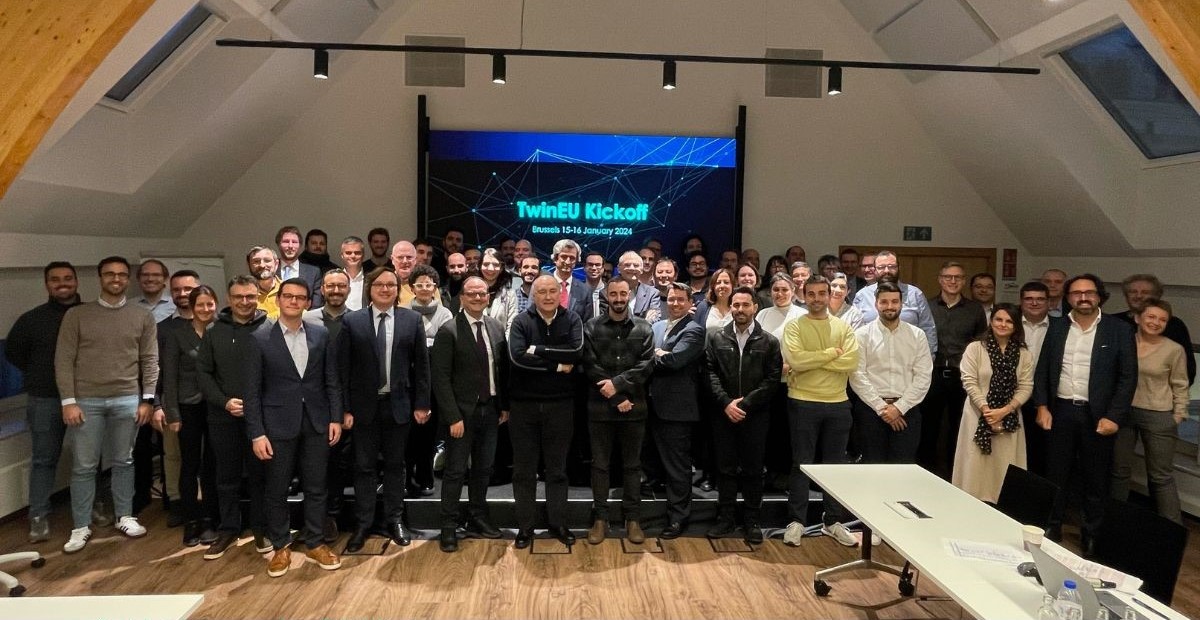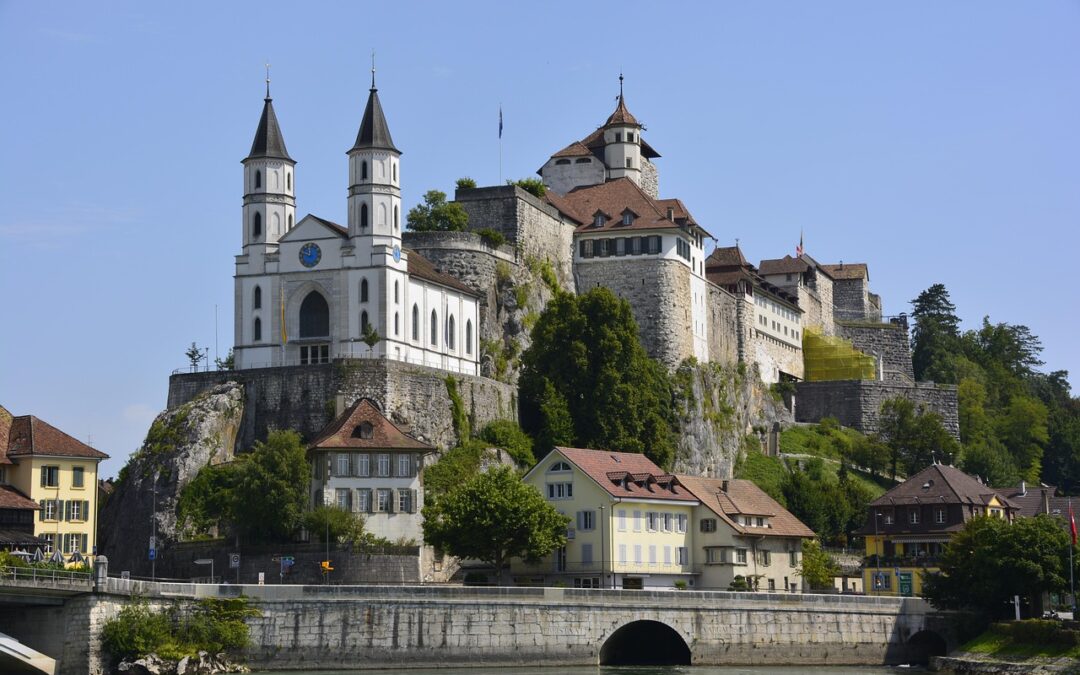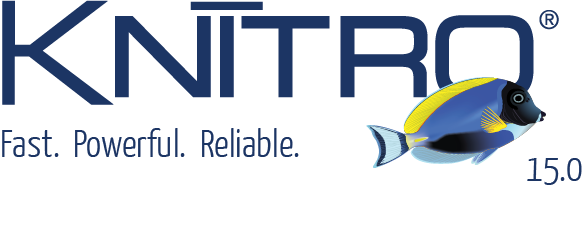Artelys to participate in the demonstration of digital twins for optimal grid and market actions in Europe
As the deployment of renewable energy sources brings ever growing challenges for strategic grid operation and planning in Europe, the federation of local digital twin demonstrators into a concept of Pan-European digital twin will be a key asset to secure the resilient and cost-effective operation of the infrastructure while facilitating the emergence of new business models. In this context, Artelys will contribute to the set of competences of the TwinEU consortium by sharing its expertise on grid management and enrich the Artelys Crystal suite in support of the project’s objectives.

Artelys will notably contribute to the impact assessment of the project’s Hungarian demo in cooperation with F4STER, by implementing a Flow-Based capacity calculation methodology using PowSyBl, based on a detailed grid representation. This development will also allow the advanced modelling of TSO’s remedial actions, notably the role of phase-shifter transformers. Through the co-optimization of energy and balancing capacity market coupling, this method will thus provide useful insights on the opportunities for integrating renewable generation surplus, leading to higher price convergence and social welfare for end-users of the market.
Lessons from TwinEU’s pilot projects will also highlight new pathways towards emerging services and business models for system planning and operation, in cooperation with ELES. In the final steps of the project, Artelys will lead a deliverable on the impact of the innovative approaches highlighted by TwinEU demo-cases on the activity of main stakeholders, measuring both economic and environmental outcomes as well as benefits in terms of security of supply and grid resilience. In particular, this work may provide valuable insights into the integration of distributed flexibilities in future scenario developments or Cost-Benefit Analysis methodologies.
Artelys was present at the two-day TwinEU kick-off meeting on January 15th and 16th in Brussels to establish first contacts with the consortium and discuss the launch of these exciting future contributions.


Swissgrid selects Artelys Crystal Super Grid
Artelys is pleased to announce that Swissgrid, the Swiss electricity Transmission System Operator (TSO), has selected Artelys Crystal Super Grid, our multi-energy simulation solution, to support their strategic planning and system analysis activities.

Artelys led the Assessment of Policy Options for Securing Inertia for the European Commission
The European Commission’s Directorate-General for Energy (DG ENER) selected Artelys (leader), Trinomics, and Tractebel ENGIE to study solutions for ensuring the future frequency stability of the European power system. The study report was published in August 2025 by...

Artelys Knitro 15.0: New Tools for Your Large-Scale Models
Artelys is pleased to announce the release of Knitro 15.0, which provides new algorithms and performance improvements to solve your large-scale optimisation problems, whether linear or non-linear, more quickly.

Artelys Introduces Future Sight: a Visualisation Tool Supporting the Energy Transition
As partner in the European Climate + Energy Modeling Forum (ECEMF) – a Horizon 2020 Europe project uniting research institutes and leading energy modellers in Europe – Artelys has contributed to modeling activities powered by Artelys Crystal Super Grid modelisation tool, and has led the development of a fully-fledged visualisation tool.
subscribe to our newsletters
© ARTELYS • All rights reserved • Legal mentions